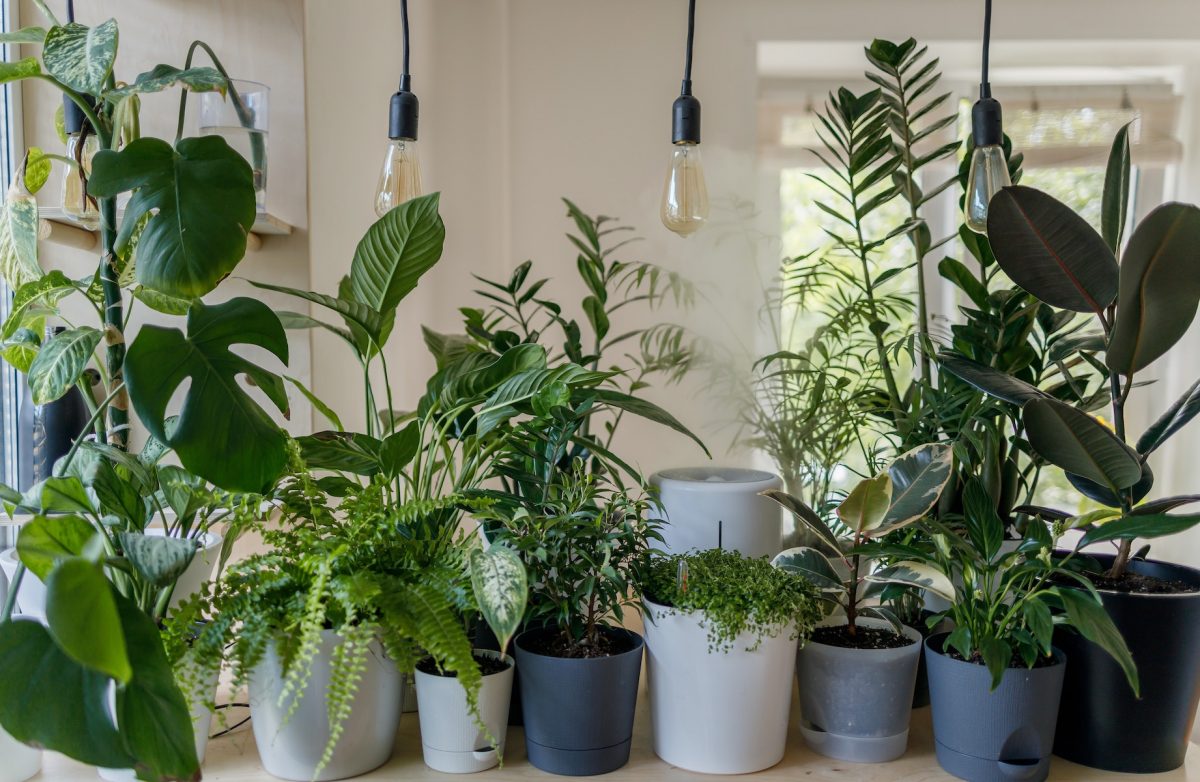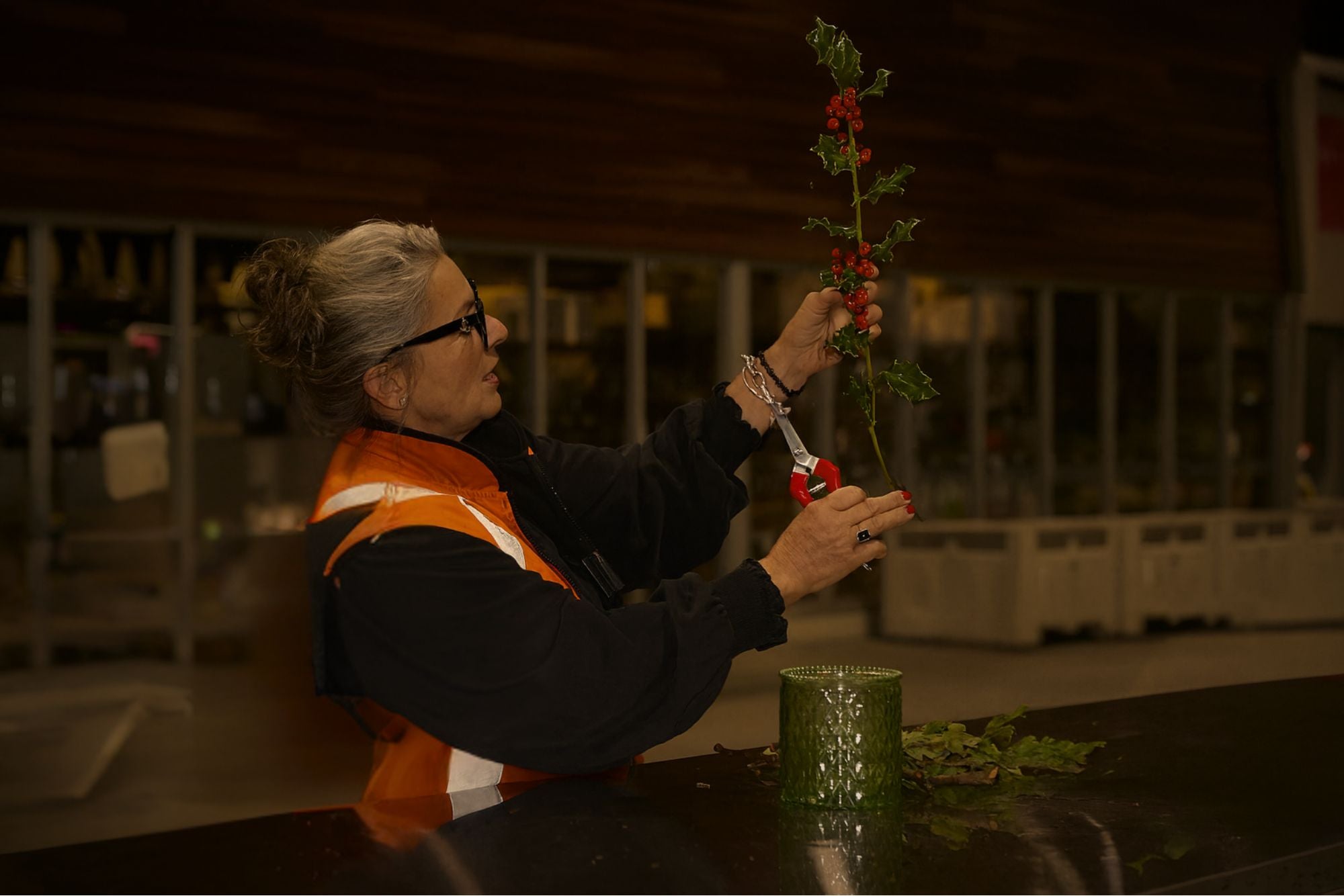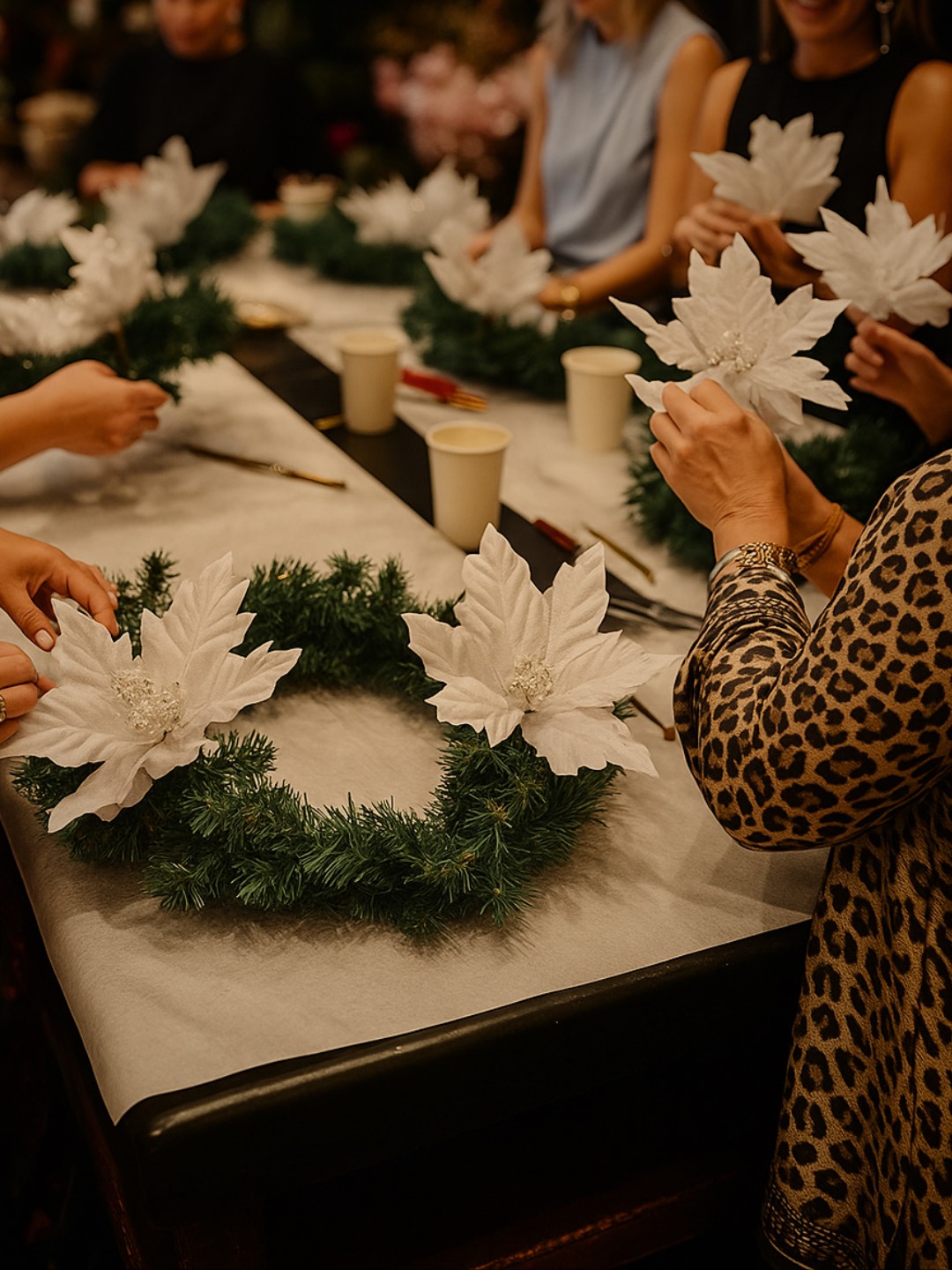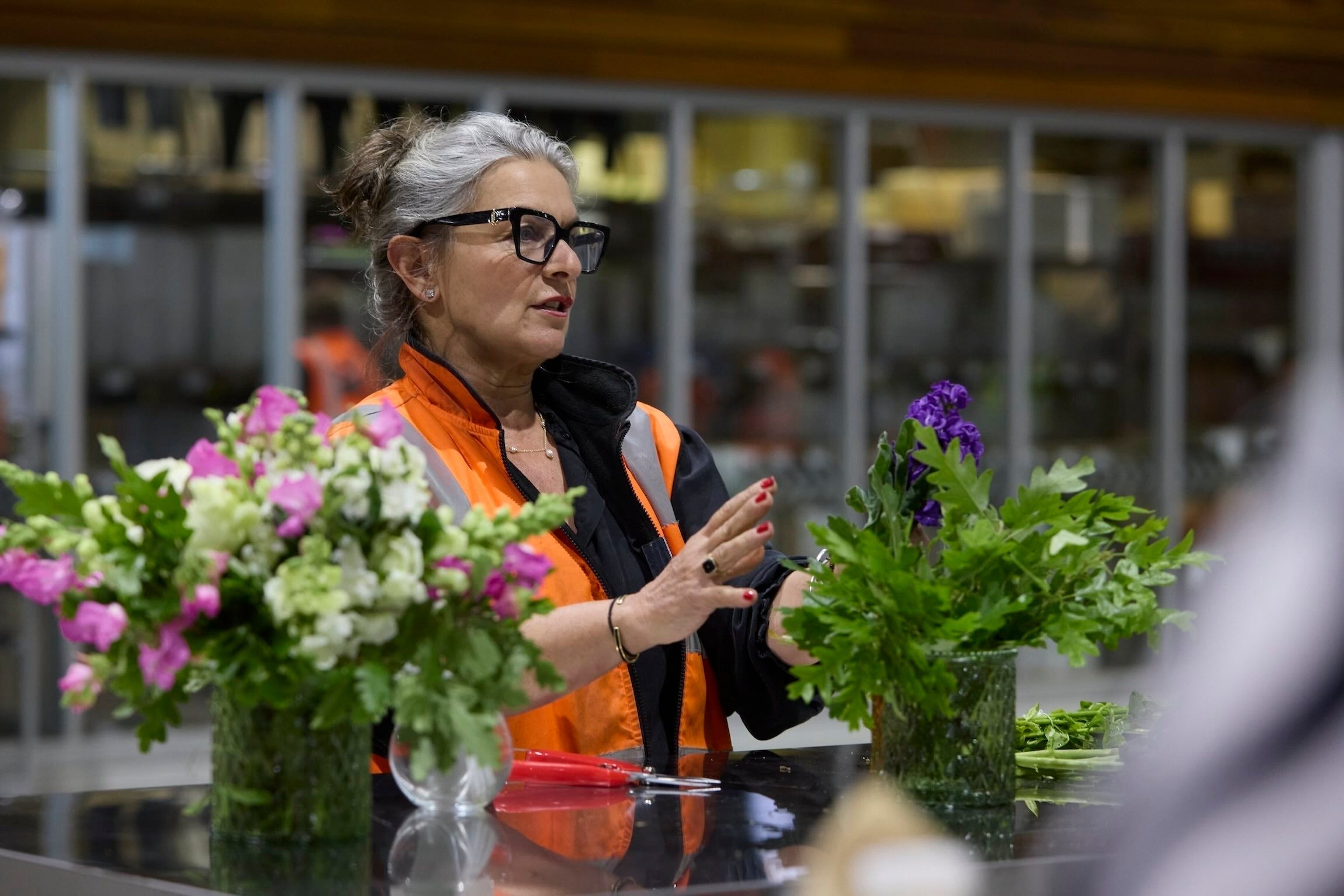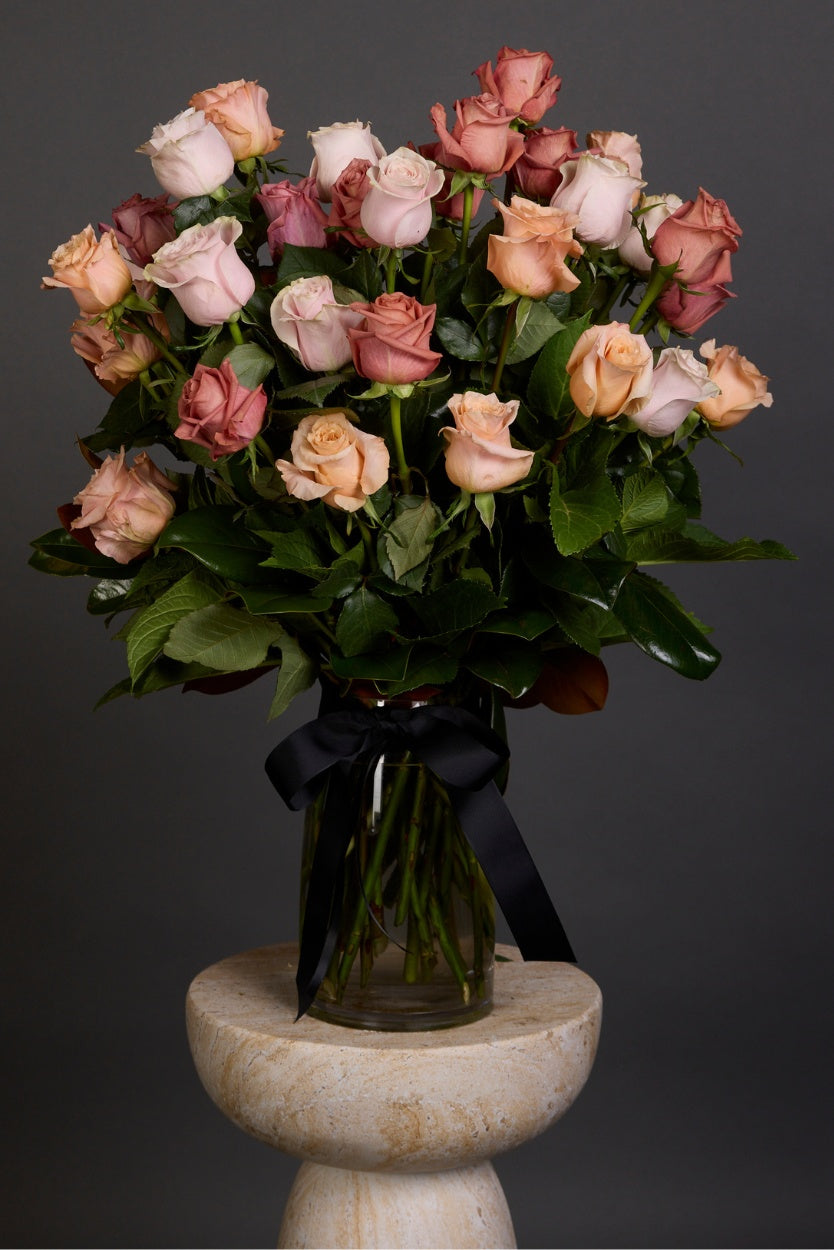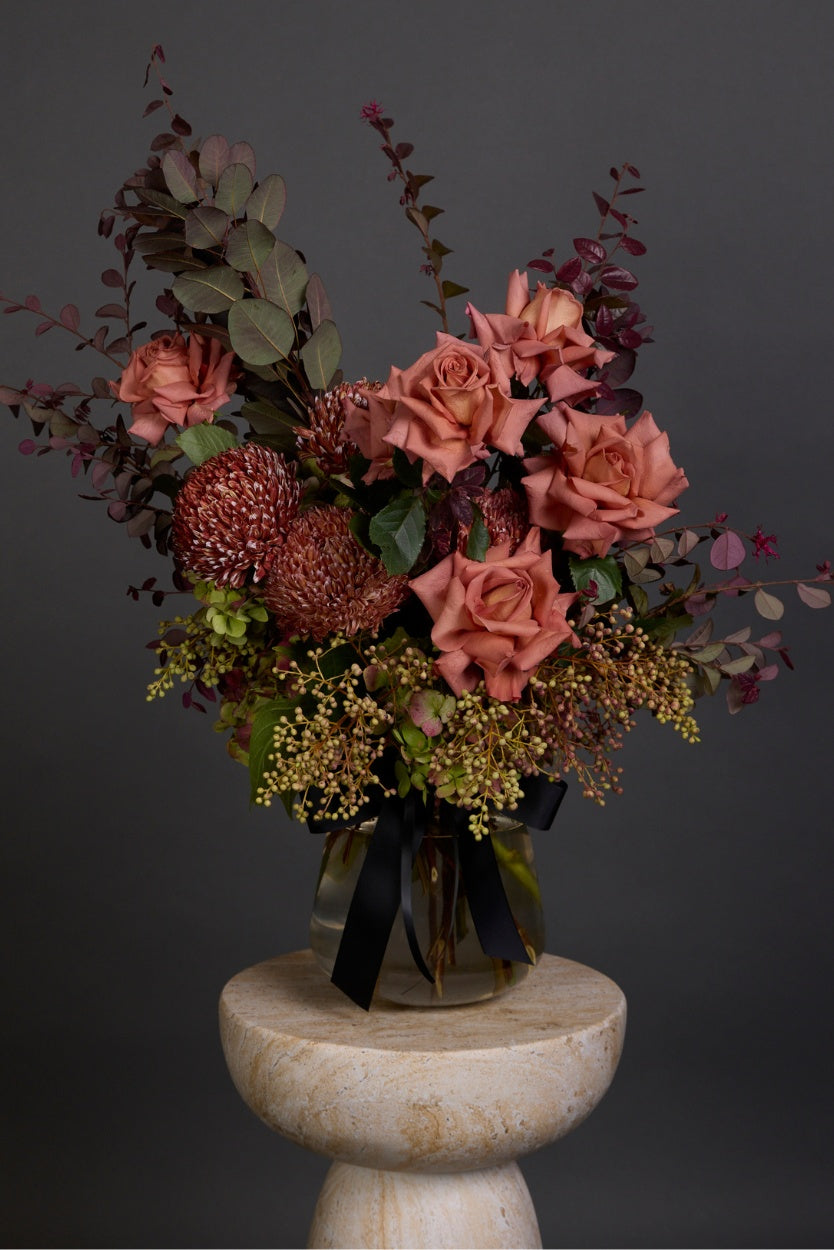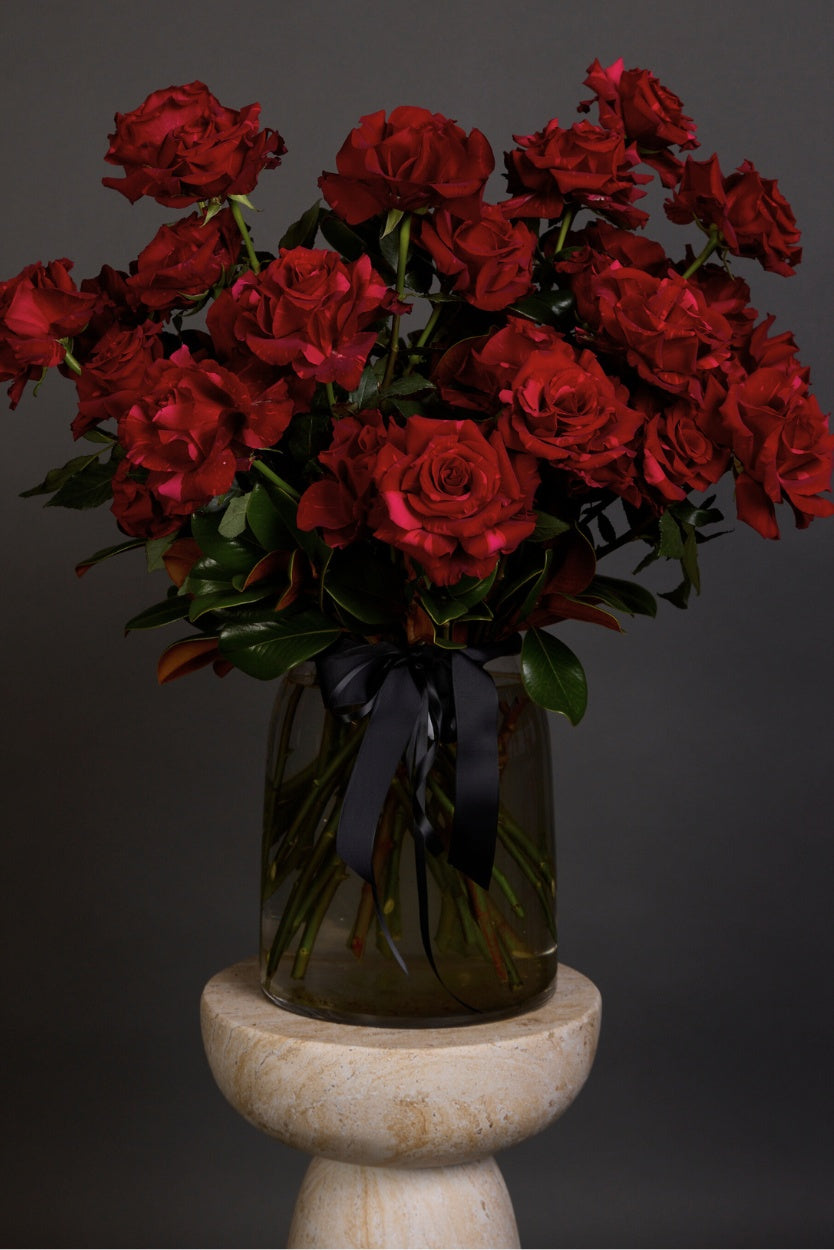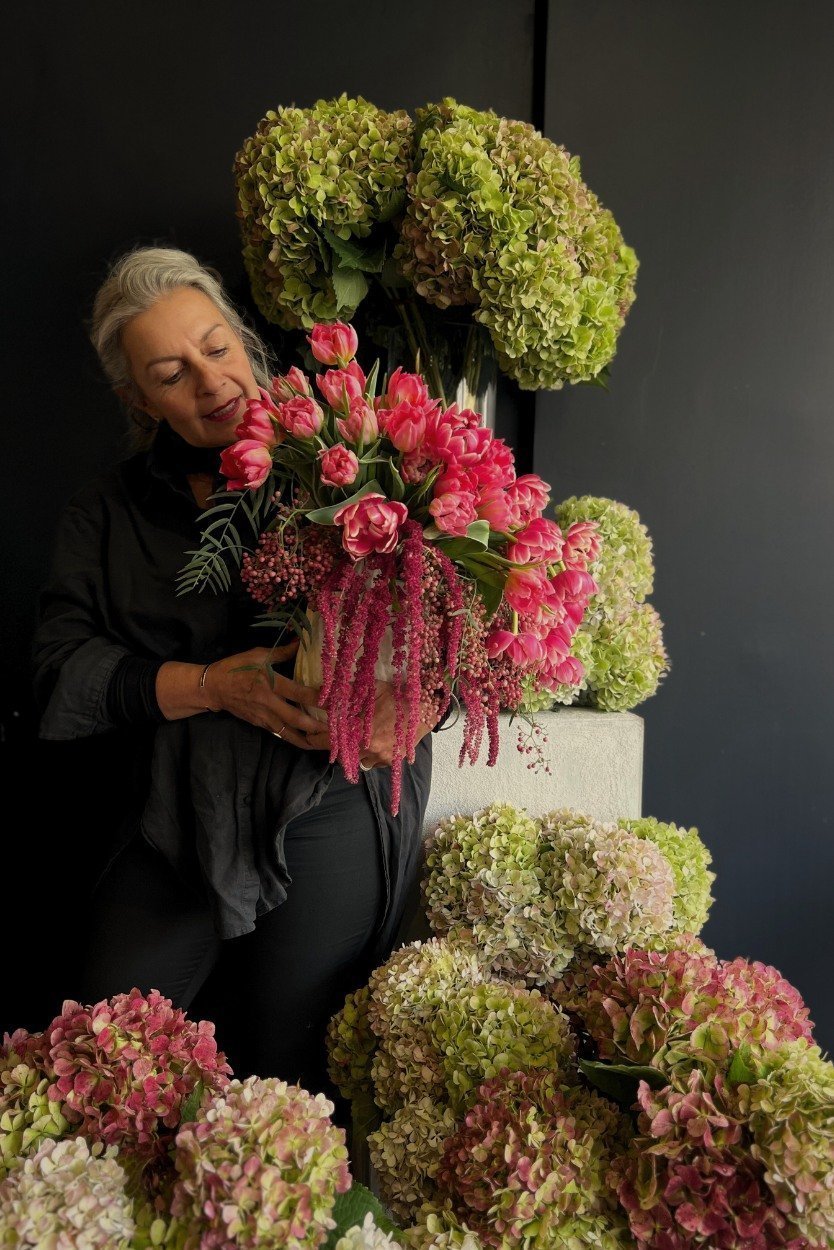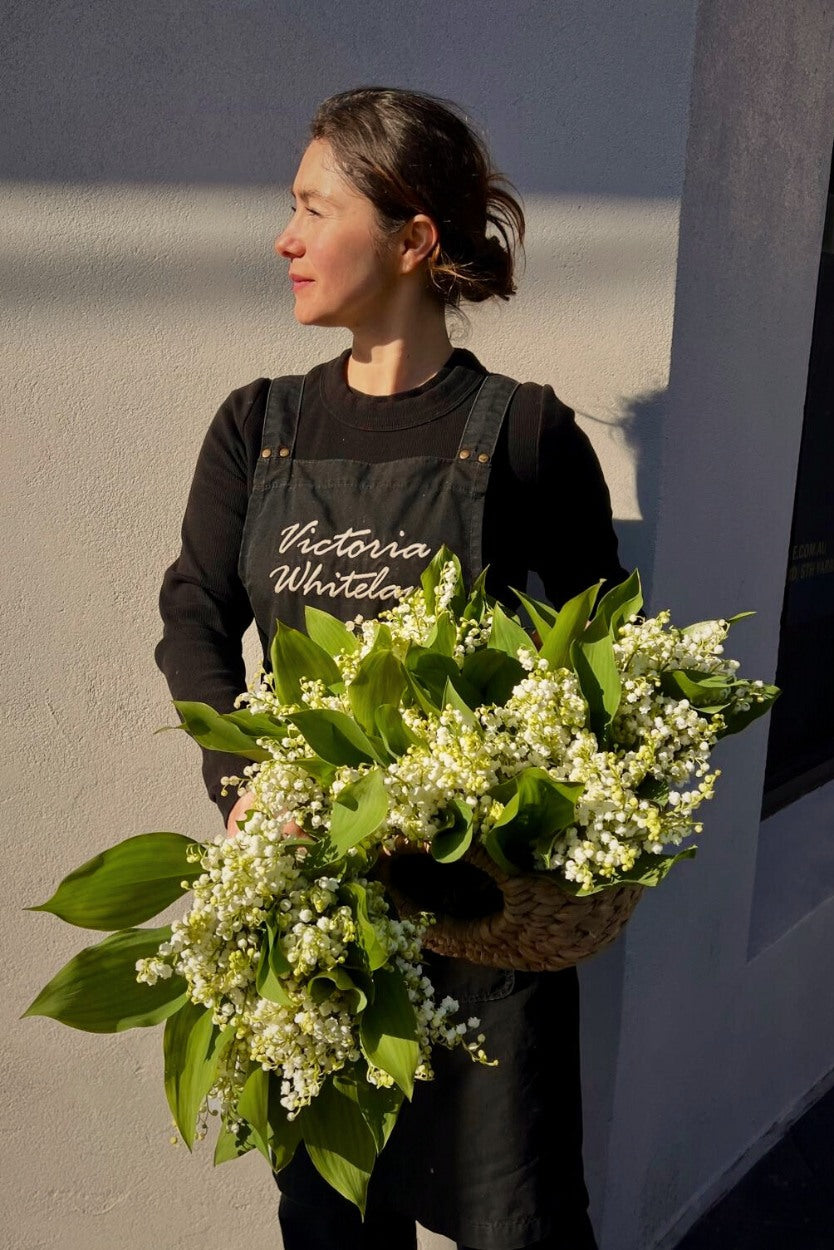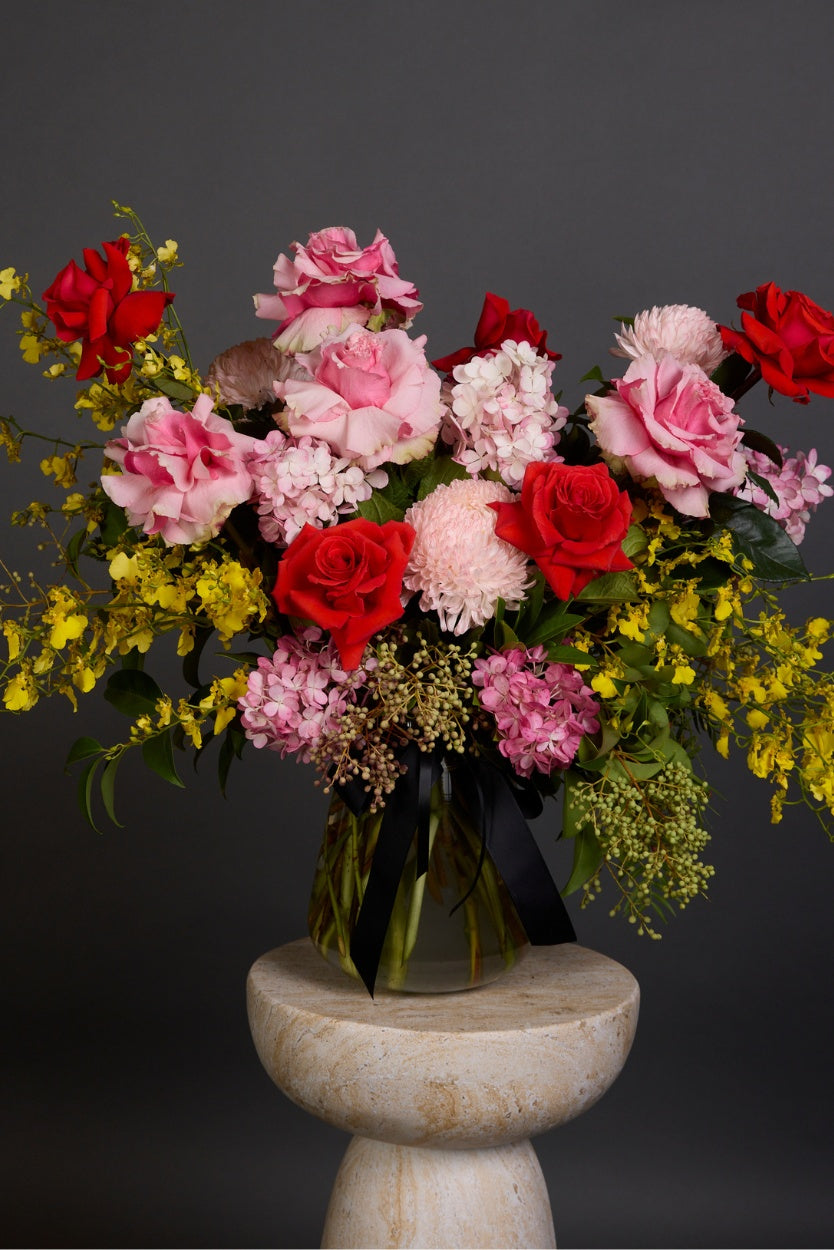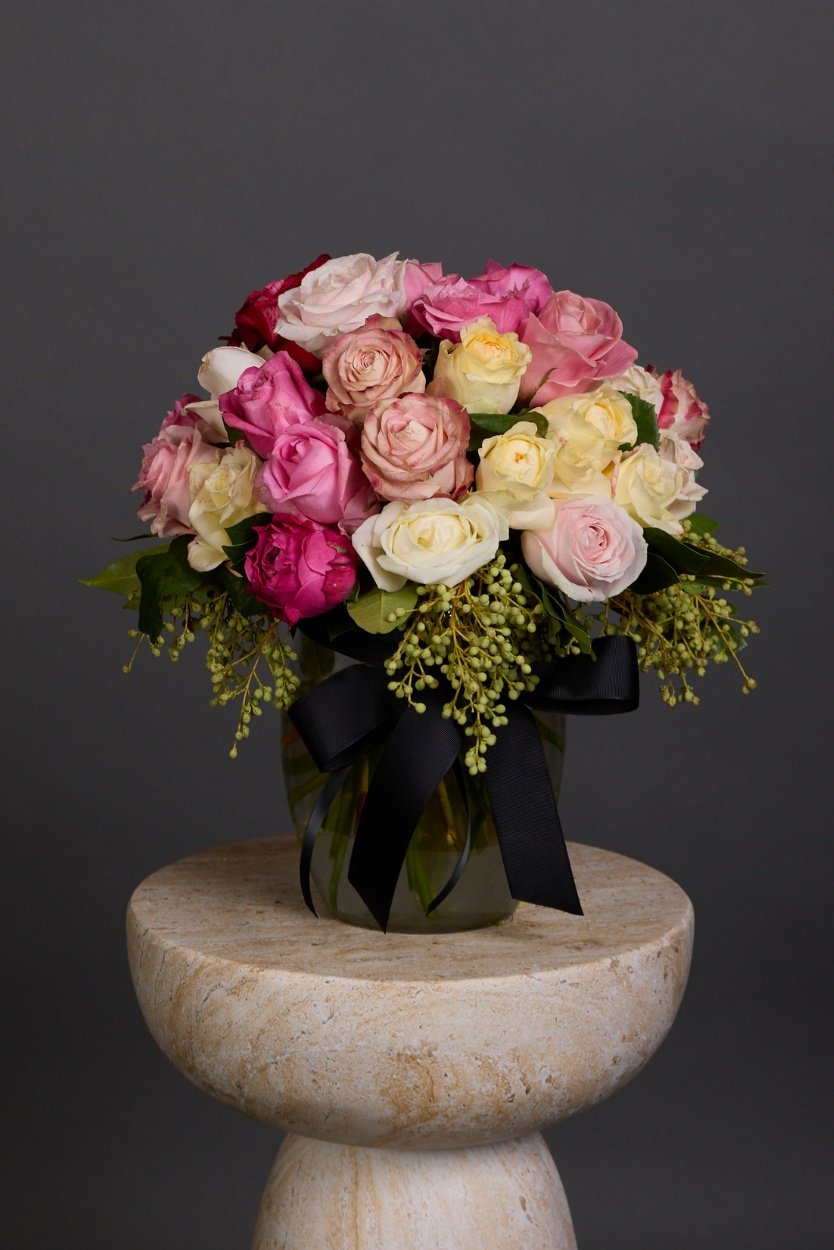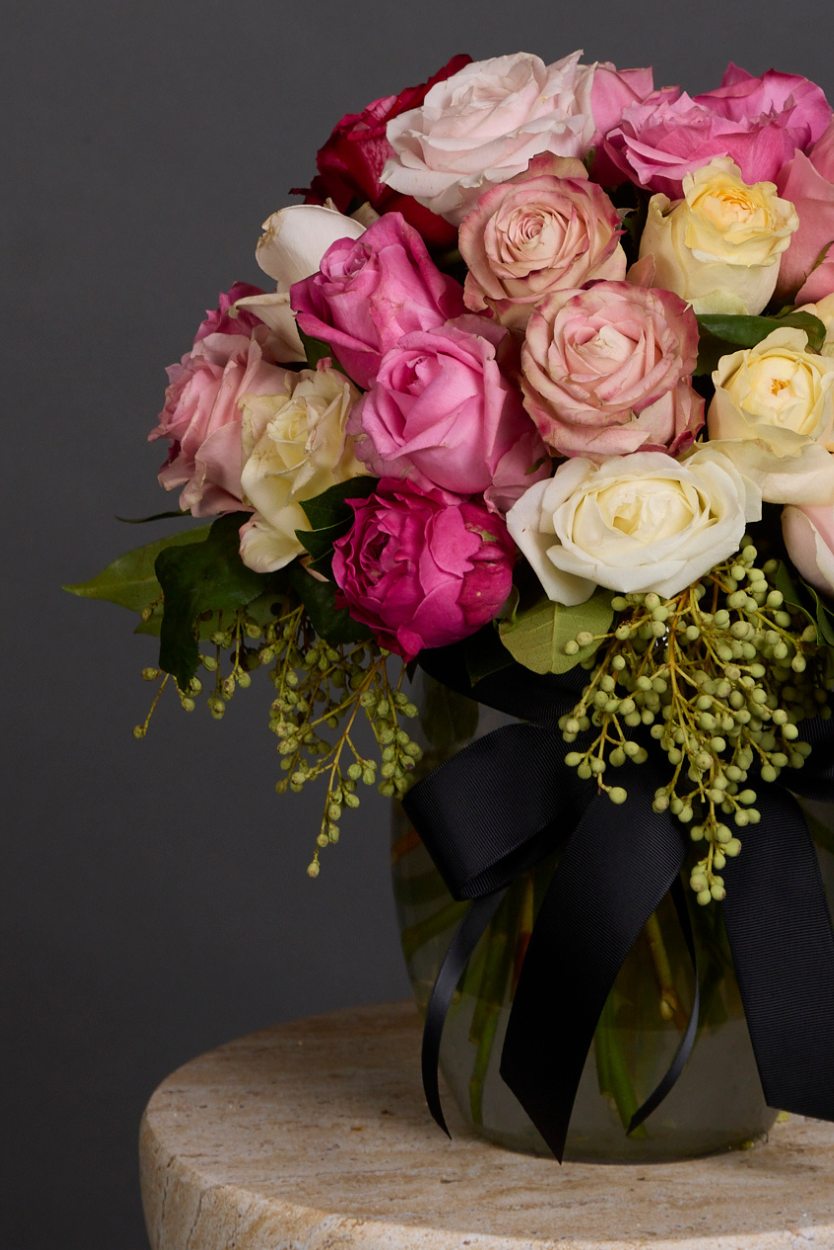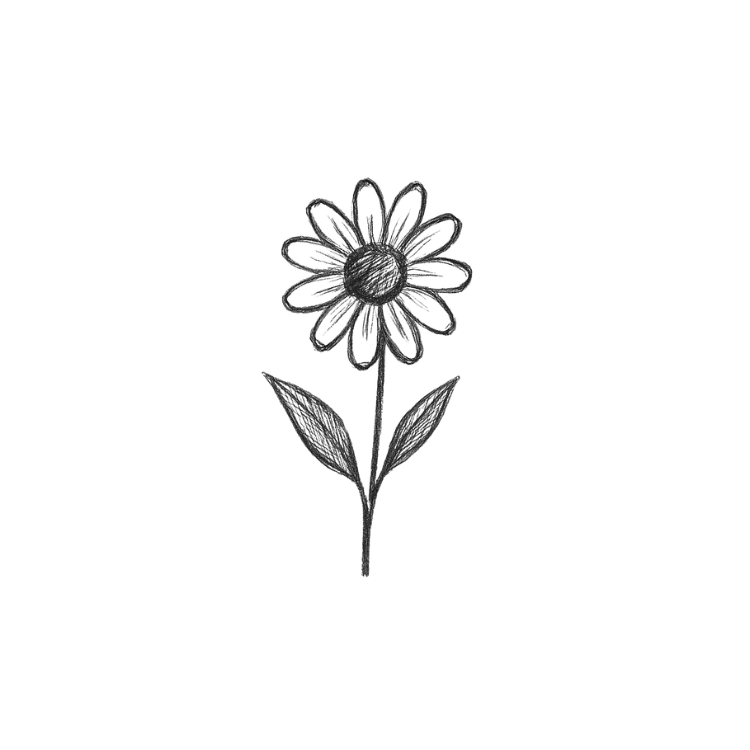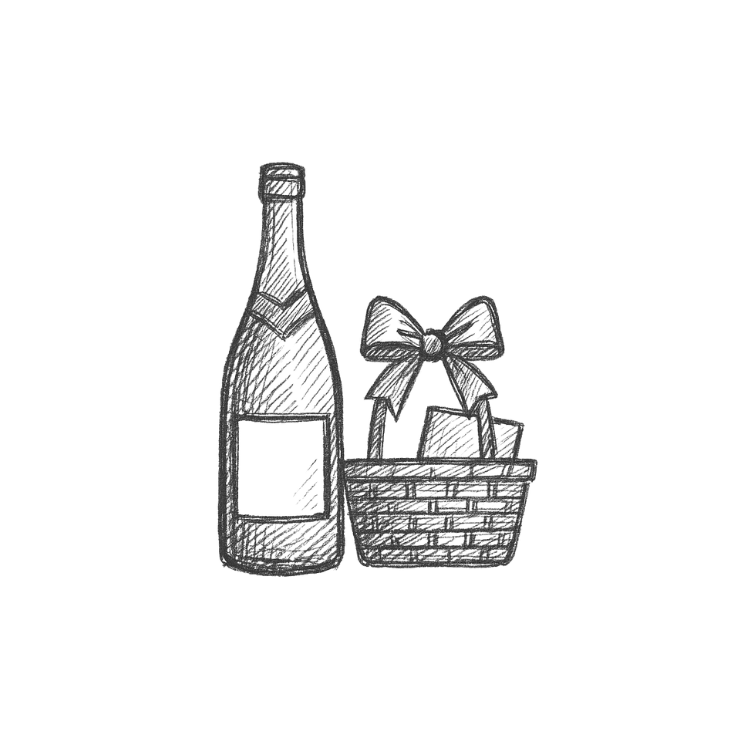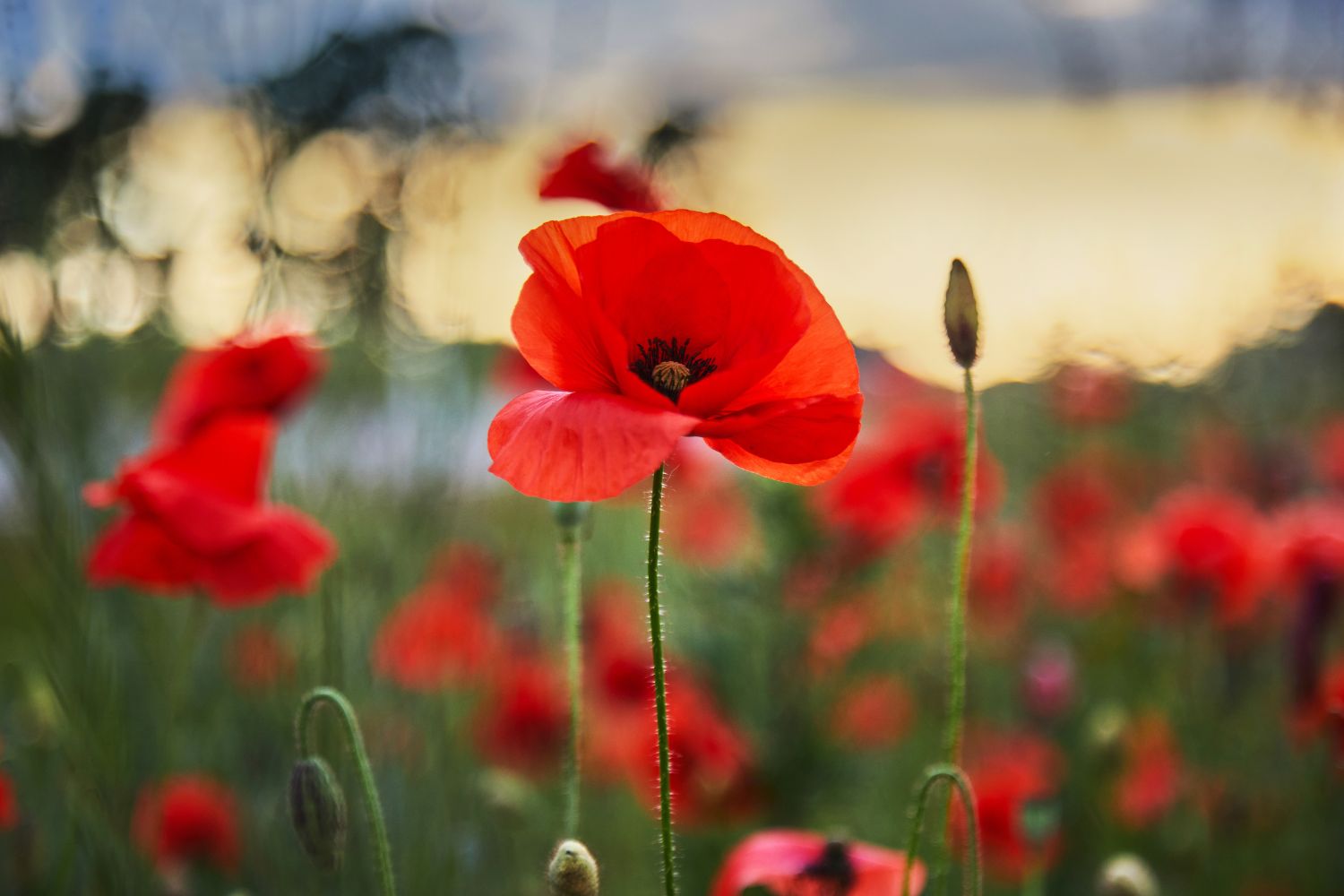
Winter Feature: Poppy
We love the poppy in all its forms… From the wavy stems topped with furry buds, to when the buds start to crack open, and the shells drop to the tabletop. We love to watch the petals unfurl displaying layers of paper-thin petals in all the colours of the rainbow. Finally, we adore the simple form of the poppy pod after all the petals have fluttered to the floor.
History of the poppy
Poppies have a long history spanning centuries. They were grown for medicinal and recreational use in Mesopotamia as far back as 5000BC. Dried poppies have also been found in ancient Egyptian tombs and were also associated with Demeter, the Greek goddess of fertility and agriculture. Poppies were one of the most important and profitable products being transported on the famous Silk Road that spanned across much of Asia and they were the cause of the Opium Wars in the early 1800s following a trade dispute between Great Britain and China. Opium poppies are still a major source of morphine with large legal plantations being grown on our shores in northern Tasmania. Red poppies are commonly recognised as a sign of remembrance for those that lost their lives during war. During World War 1, a battle took place in Flanders, France. Hundreds of fallen soldiers were buried in shallow graves from which red poppies began to bloom en masse in the freshly upturned soil. This event inspired the poem ‘In Flanders Fields’ by Canadian soldier John McCrae which quickly became the most recited poem from World War 1. Ever since, the poppy has become the symbol of remembering not just those who lost their lives in World War 1, but all those who have died on behalf of their country. According to the language of flowers, poppies mean ‘eternal sleep’. In particular, red poppies mean ‘pleasure’ or ‘remembrance’, white poppies represent ‘consolation’, and yellow poppies symbolise ‘wealth and success.’
How to care for poppies
Poppies are usually bought in a bunch of many stems mostly in bud. When choosing poppies, look for bunches with one or two flowers that are fully open and several buds which are split and showing colour. Avoid bunches that looked shrivelled as that is a sign that the buds will not bloom. Cut approximately 2cm off the ends of the stems on an angle and immediately plunge into a high vase of cool water to support the stems and avoid breakages. Recut the stems and change the water every two days.
How to style poppies
Poppies are perfect styled simply in a clear glass vase on their own. Minimal styling allows their beautiful form, texture and colour to shine.



